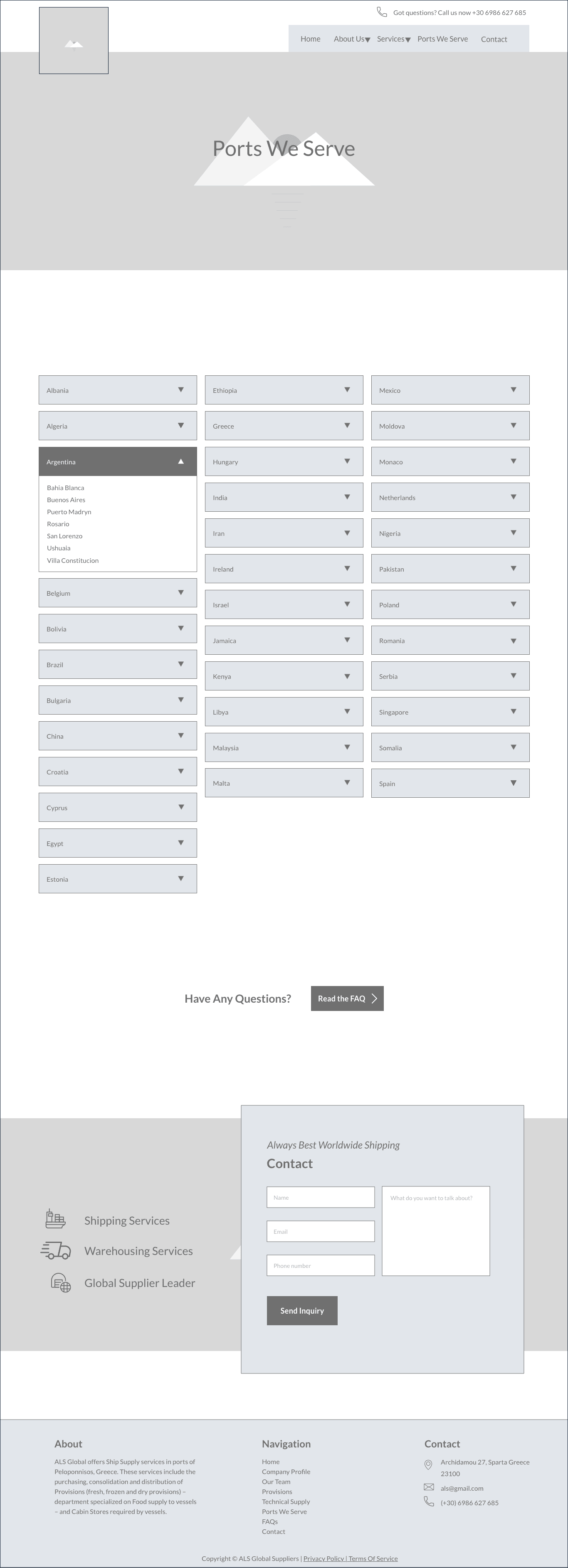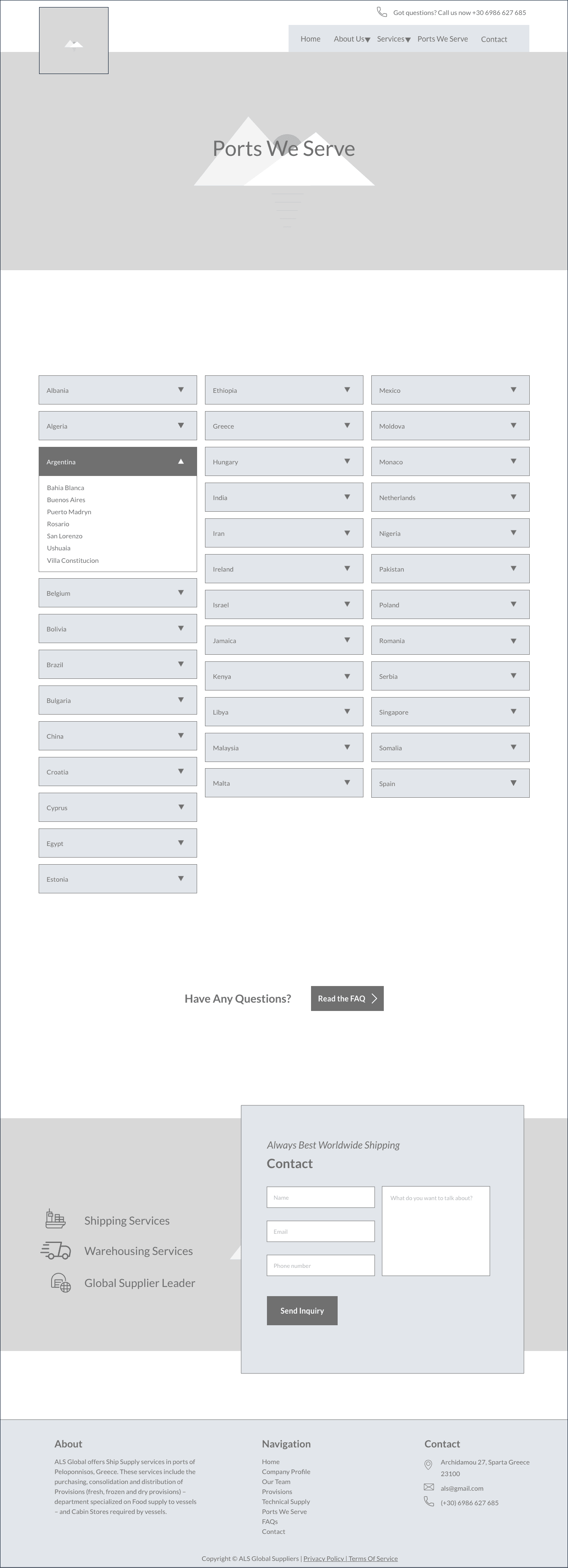
What’s Design Thinking?
Design thinking in contrast to business-centered processes is a human-centered process. It starts with a focus on people rather than the business’s desire for profit. It originated in the late 1950s as a problem-solving technique. This technique was quickly morphed into a product development technique. Companies realized that if they wanted to create products that people would buy, then they really needed to start with the target user rather than the company’s goal of making money. Profit would come from a solid understanding of what people wanted, needed, and what their pain points were.
Design thinking provides a terrific overlay to existing training design processes. It also gives practitioners great tools and techniques to add to their toolbox for training and development.
Why Do We Need Design Thinking?
The design thinking approach provides a specific method for defining any kind of problem. It involves considering problems from multiple and different perspectives, brainstorming possible solutions, prototyping these solutions, and then testing and iterating to optimize the best approach. People can use this method to solve human problems or difficulties encountered in daily life.
For instance, we face issues such as overcrowding at metro or bus stations and traffic jams. These situations can lead to frustration and, on the other hand, social problems. By applying design thinking principles, we can identify the best possible options to simplify and improve these experiences, making them faster, smoother, and better.
Thinking like a designer can transform the way organizations develop services as well as products on the front end. It can also improve the strategy and process on the backend. You can apply these principles to a new service or product, but you can also use them to handle a problem that plagues a city or nation.
With this in mind, the ideation process is a way to think and generate solutions for handling a problem or better meeting the needs of customers. It is a process focused on finding solutions, rather than dwelling on the problems themselves.

Design thinking is a practical tool and an innovative mindset for projects.
Activity
Once we understand why we need design thinking, we should then reflect on some key points.
- What are the key innovations that inspire you?
- How could you make some things better?
- What are some human problems that you face every day?
- How do you solve them?
- What will design thinking help you compete in?

Design Thinking Approach On My Academic Life
During the last two years of my academic life, I was quite anxious because I had to prioritize in order to successfully pass my courses and obtain my degree.
In academic life, applying design thinking is all about creating a sense of balance and harmony. At a very broad level, I found answers to these questions that made a positive difference in my academic life.
- What components make up my academic life (personal, ambition, achievements)?
- What components do I want to add, subtract, replace, or keep?
- How can I change my daily routine to have a better impact on my academic life?
- How can I reinvent my life?
In order to understand what I need to retain, add or replace among the different components in my life, I really needed to know what components comprise my life. So, I maintained my notes that contain details on activities.
- Make me stressed.
- Make me content.
- am happy to be involved 100%.
- Pump me up.
- Drain my energy.
Define the problem
In the previous stage, I collected information and gained insight into how my current life is structured. Now, I need to define the problem while factoring in these dynamics.
- How can I add a harmonious stream to my life?
- How can I make a plan to pass all my courses?
- What skills do I need to embrace to have a rewarding career?
- Similarly, how can I maintain my energy levels and positive thinking throughout the day?
Ideate
As opposed to knowing predefined outcomes with known variables, life is a bit different. I don’t know what will come up in the future, and hence I need to find my way with the unknown variables of my future. Maybe I know what I like or dislike, or what saps my energy, but not much more than that. I can ideate on the possible ways that I can take to achieve a larger objective (i.e., resolving the problem statement). It was not necessary that the first idea lead me to accomplish my larger objective.
Prototype and Test
I took my ideas one step further and, on the other hand, I developed real-world solutions to address the problems.
- First, I decided to drink less coffee. I realized that while coffee gave me energy, excessive consumption caused overexertion during the day.
- Whether I had classes early in the morning or late at night, I always woke up at a set time. This helped my body learn to wake up early and complete my daily routine.
- Even though my academic courses ended early in the summer, I continued attending private lessons throughout the season.
- Additionally, every Sunday, I took a walk with my camera. Photography was a part of my relaxation routine.

The main key was to keep re-engineering, fine-tuning, testing, and assessing the outcomes until I was satisfied.
Design Thinking Approach On My Working Life
I worked on a project where the user must be able to quickly find the ports served by the company.

After the testing process, I realized that it was difficult for the user to find a port if they did not know which country the port was from. The solution was to include a search option.

In Conclusion
In psychology, it is believed that the left brain controls more logical and analytical functions, whereas the right hemisphere processes imagination, emotions, and creativity. Design thinking is probably one of the few disciplines that utilizes both equally. Keep in mind that everyone can use a design thinking approach. It involves methods that enable empathy with people and seeks to define the problem as actively as finding the solution. Design thinking ideates and explores solutions. Additionally, it is collaborative and involves iterative prototyping. It solves many different types of problems and is fun.
Images
Author/Copyright holder: Rafael Barros, Pexels Licence / Cameron Casey, Pexels Licence / Andrea Piacquadio, Pexels Licence / Vasilis Baimas. Copyright licence: CC BY-NC-SA 3.0
Similar Articles

Why Is Empathy Important in Design Thinking?
If you want your products to work effectively, you need to begin the design [...]
Continue Reading
Design Thinking : The Wicked Problem of Crete, Greece
What Is a Wicked Problem? A “Wicked Problem” is a social, environmental, economic, or [...]
Continue Reading